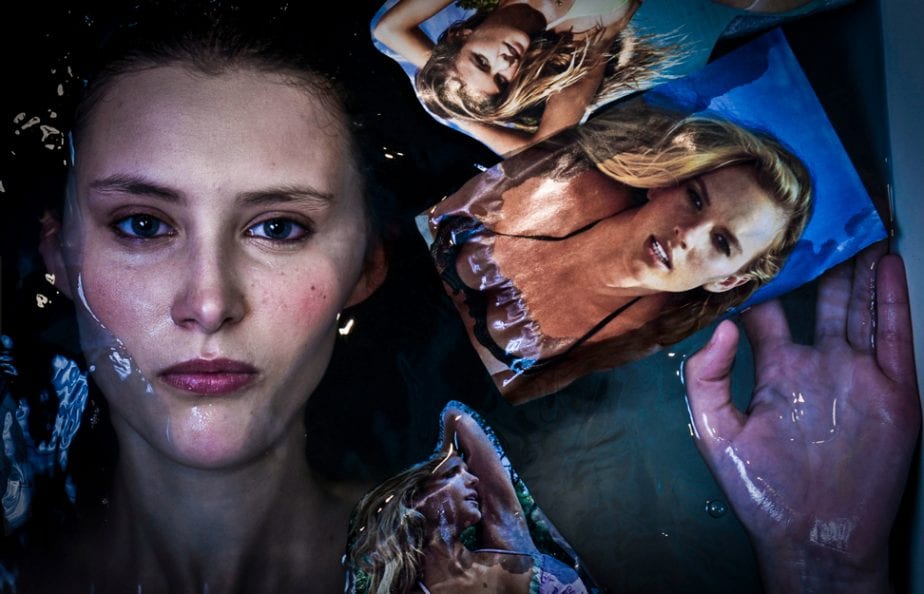When we think about addictions, cosmetic surgery is never on the top of the list but, for some, cosmetic surgery can become an addiction. It’s caused by a rare condition called body dysmorphic disorder (BDD) that can compel people to go under the knife again and again. People with this condition place an undue amount of importance on their physical appearance and are never satisfied with the way they look. In extreme cases, a cosmetic surgery addiction may develop.
Here’s how to identify body dysmorphic disorder.
A Psychological Issue
Cosmetic surgery addiction is a psychological issue, rather than a physical one. Body dysmorphic disorder often starts in young adulthood and seems to affect both men and women about equally. People with the disorder may develop social isolation along with the need to have repeated surgeries. Although BDD can have similar symptoms to social anxiety or obsessive-compulsive disorder, it is a separate mental health condition.
Someone with BDD may be preoccupied with a slight or even an imagined defect, usually in a facial feature. Focusing on this “defect” becomes an obsession that seriously disrupts daily activities and responsibilities. One study suggests that as many as one-third of patients who undergo nose jobs have BDD symptoms.
Identifying BDD
Cosmetic surgery addiction falls under the category of addictions known as behavioural or process addictions. A behavioural addiction causes an individual to be addicted to a specific behaviour despite apparent negative results. Unlike drug addicts who suffer from a chemical addiction, cosmetic surgery addicts have a mental obsession to change their bodies and faces. This is usually a result of underlying insecurities and a desire to look a certain way in order to fit their personal idea of beauty.
People with body dysmorphic disorder may spend hours every day trying to hide a physical feature they deem unacceptable with makeup, clothing, accessories or even some form of do-it-yourself “surgery” to disguise the offending feature. They are preoccupied with a slight or imagined “abnormality” in their appearance, which someone without the disorder might see as individualistic or perfectly acceptable. People with BDD have an unusually high rate of suicide attempts.
Patients with this disorder are unlikely to be happy with the results of their cosmetic surgery and some will even try to take out their frustration on the surgeon that performed it.
Sufferers of BDD often seek cosmetic surgery in order to lessen their concerns, but since they have a mental disorder and not a physical one, they will always find something new that they recognize to be “wrong” with them. Doctors can determine if a patient with a cosmetic surgery addiction has body dysmorphic disorder by noting the following:
- They are unhappy with surgical outcomes
- They may be satisfied with the outcome of the procedure that was done but “suddenly realize” that another feature is unacceptable and ask for additional surgeries
- They have very unrealistic expectations about surgery and think it will lead to a better relationship or a higher paying job
- They tend to have low self-esteem
Self-esteem has many different components. Besides one’s appearance, BDD can be associated with personal or work-related accomplishments, intellectual ability or personality traits such as friendliness or honesty. An obsession with appearance often causes significant social or occupational damage, as well as emotional problems.
The Role of the Surgeon
A responsible cosmetic surgeon should try to identify a patient with body dysmorphic disorder before performing a procedure. He/she has an ethical responsibility to weigh the risks and potential benefits of surgery.
A cosmetic surgeon should ask the patient questions to try to understand the patient’s perspective. The surgeon may ask:
- How often do you think about this flaw you want to have corrected?
- How much does it bother you?
- Have you had any previous surgery on this feature?
A repeat surgery on a particular feature may be an indication of BDD. If the surgeon suspects that a patient may have body dysmorphic disorder, the patient should be referred to a consulting psychologist or psychiatrist for an in-depth assessment and psychiatric history.
People who have body dysmorphic disorder likely have another psychiatric disorder such as depression, anxiety or substance abuse that may need treatment. Underlying mental or emotional issues cause them to use surgery as an outlet, but body dysmorphic disorder can’t be relieved by cosmetic surgery. It can only be addressed by coming to terms with reality.
Research Findings
Research into BDD found that people with this disorder get stuck on details in much the same way as people who suffer from obsessive-compulsive disorder. This could mean that BDD and OCD are similar disorders.
These results suggest that extreme hatred of one’s own body might not be simply a result of society’s obsession with physical beauty. Viewing yourself as extremely ugly could, in some cases, be much more than just low self-esteem.



